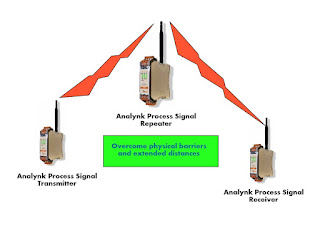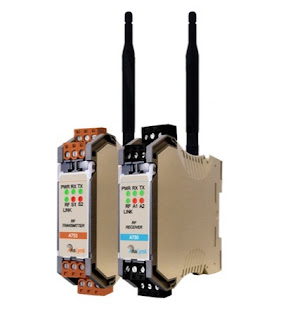 |
| Industrial control system data cannot be protected by a fence around the plant site. |
The National Cybersecurity and Communications Integration Center, part of the US Department of Homeland Security, ...
serves as a central location where a diverse set of partners involved in cybersecurity and communications protection coordinate and synchronize their efforts. NCCIC's partners include other government agencies, the private sector, and international entities. Working closely with its partners, NCCIC analyzes cybersecurity and communications information, shares timely and actionable information, and coordinates response, mitigation and recovery efforts. (from www.us-cert.gov/nccic)
The Industrial Control Systems Cyber Emergency Response Team (ICS-CERT) is a division under NCCIC. It has published a set of seven basic steps toward establishing a more secure industrial control system. I have included the publication below, and it is interesting and useful reading for all involved in industrial process control.
Having a fence around an industrial site, with a guarded entry gate, no longer provides the level of security needed for any industrial operation. Read the seven steps. Take other actions to build your knowledge and understanding of the risks and vulnerabilities. Cybersecurity is now another layer of design tenets and procedures that must be added to every control system. It will be a part of your company's best practices and success, now and in the future.
There are uncountable legacy controllers and communications devices throughout industrial America. All need to be reassessed for their vulnerability in the current and upcoming security environment. When reviewing your processes and equipment, do not hesitate to contact Analynk Wireless for assistance in your evaluation of our products.





